Detroit Tigers future success will be built on starting rotation

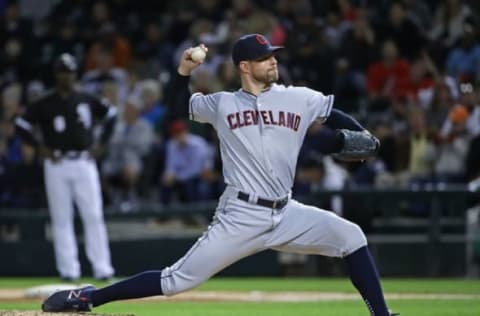
Detroit Tigers fans could see the team field an elite starting rotation down the road, as many of the franchise’s top starting pitching prospects have high ceilings.
Detroit Tigers players begin the week in Cleveland against their American League rivals.
Entering Monday, Cleveland has peeled off 18 straight wins to push the team 31 games over .500. Their run differential currently sits at +207.
While Cleveland’s offense is impressive—722 runs scored is nothing to scoff—and the bullpen (when healthy) features the Andrew Miller and Cody Allen two-headed monster, the team’s starting pitching might be the main reason for their success.
Of the starting pitching staffs in Major League Baseball, just four have cumulative WAR stats over 15.0.
Cleveland leads the way with a 19.5 number. The next closest is Arizona with a 17.9 WAR.
Terry Francona’s starters are also the only unit in the Majors with a strikeout per nine inning-rate over 10.00 and one of just two units with a walk per nine inning rate below 2.60.
Two of Cleveland’s three starters this weekend are in the top 10 among starters where WAR is concerned in Corey Kluber (6.1) and Carlos Carrasco (4.8).
While Kluber and company are undoubtedly running away with the American League Central this season, the Tigers could eventually flip the script with some strong starting pitching of their own.
The actual script flipping may not occur for a number of seasons, but the seeds are in place for an extremely successful Detroit Tigers rotation.
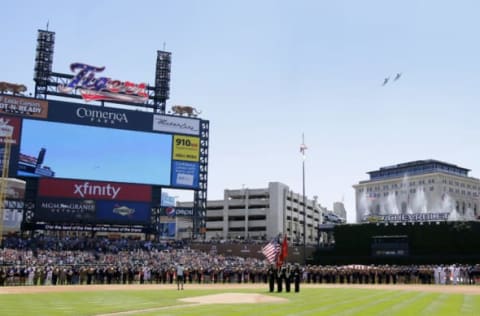
Franklin Perez and Matt Manning
Franklin Perez, the centerpiece in the Justin Verlander trade, is just 19 and turned in a 3.09 ERA in his first taste of Double-A ball.
He’s jumped to the front of the queue in terms of Tigers prospects and has the look of a frontline pitcher thanks to a four-pitch arsenal and solid command.
In terms of frontline potential, there’s also the two starting pitchers Perez leapfrogged in becoming Detroit’s top prospect.
The Tigers’ top pick in 2016, Matt Manning dominated hitters in the Gulf Coast League in his first taste of professional ball with 46 strikeouts and a 1.159 WHIP in 29.1 innings.
He continued to dominate in Connecticut to begin 2017 with a 1.89 ERA and 36 strikeouts in 33.1 frames.
Manning made the jump to West Michigan, where he finished the season, and showed extremely well.
After two rough starts in which the 19-year-old allowed a combined eight runs, five walks and four hits in just 2.1 innings, he responded with a decent start (4.1 frames, seven strikeouts, five hits, three runs and two walks allowed) before beginning to dominate once again.
In his final three starts of the season, Manning threw a cumulative 16 innings, striking out 25 batters compared to just 11 hits and six walks. He didn’t allow a run.
With a blazing fastball, a curveball that should be above average and a developing changeup, Manning could eventually join Perez as a frontline pitcher in the Motor City.
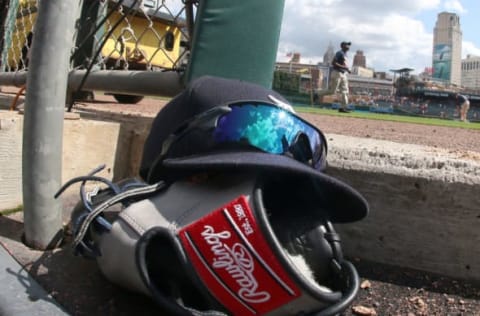
Alex Faedo, Beau Burrows and Kyle Funkhouser
After years of giving up first-round picks to sign players like Victor Martinez, Jose Valverde and Prince Fielder, the Detroit Tigers are slowly starting to reap the benefits of keeping the team’s first-round picks.
After taking Manning in the top 10 of the 2016 draft, Detroit snagged another elite pitching prospect with the 18th-overall pick in 2017.
That would be Alex Faedo. Armed with a fastball, a changeup and a slider, the latter pitch should help miss plenty of bats upon reaching the Majors.
Like Perez, Beau Burrows made it to Double-A this season.
Like Perez, he’s likely to make it to the Majors before Manning, Faedo and others.
Also like many arms in Detroit’s minor league system, Burrows throws hard. He struggled somewhat in his Double-A, but still turned in a 3.41 FIP and 8.84 strikeouts per nine innings in 76.1 innings against competition that is on average 4.3 years older than him.
Detroit’s starting pitching prospects don’t stop there, though.
Kyle Funkhouser may not be a rotation headliner in the future like Perez or Manning, but he could be a strong second or third starter.
In 62.2 minor league innings in an injury-shortened, 2017 season, Funkhouser held batters to .230 average while striking out 83 hitters. He also allowed just 19 walks in a promising sophomore campaign.
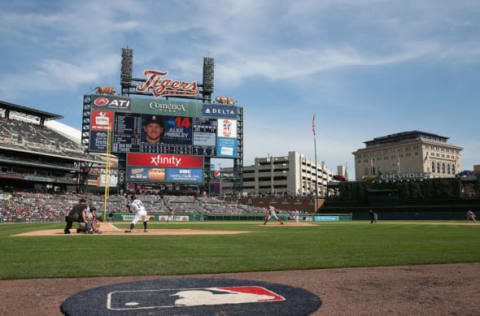
Best of the rest
Outside of those five, Detroit could see a number of other hurlers make it into the rotation down the line.
Grayson Long looks like a mid-rotation starter after holding his own in his first stint in Double-A this season. the 23-year-old, who came to Detroit in the Justin Upton deal, turned in a 2.52 ERA and 111 strikeouts in 121.1 frames for Double-A Mobile.
Elsewhere, flamethrower and 40-man roster member Sandy Baez has moved to Double-A, where he made two starts at the end of 2017.
Three other members of Erie’s rotation could also play a role in the rotation down the line.
Spencer Turnbull, who had his 2016 campaign shortened by injury, bounced back to turn in a promising 2017 campaign.
The right-hander logged 112 innings across three stops, eventually making it to Erie.
There’s also Matt Hall, who doesn’t overpower with his fastball, but instead relies on his curveball to miss bats. That curveball helped Hall amass 149 strikeouts in 138.1 minor league innings this season.
He turned in a 3.09 ERA, a 1.457 WHIP and 10 strikeouts per nine innings in 35 innings for the SeaWolves in 2017.
Another starter who doesn’t throw hard but features solid control is Tyler Alexander. Despite a 5.07 ERA for Erie this season, Alexander still has the upside to pitch out of a Major League rotation.
This is all without mentioning Austin Sodders, who enjoyed one of the better breakout seasons in the minors this year.
After a promising 2016 with Connecticut, Sodders pitched to a 1.81 ERA in 139 innings split between West Michigan and Lakeland.
The 22-year-old also did an excellent job limiting damage, with just 0.1 home runs and 1.9 walks allowed per nine frames.
If he can maintain that run of form, he’ll be pitching for the Detroit Tigers in the future.
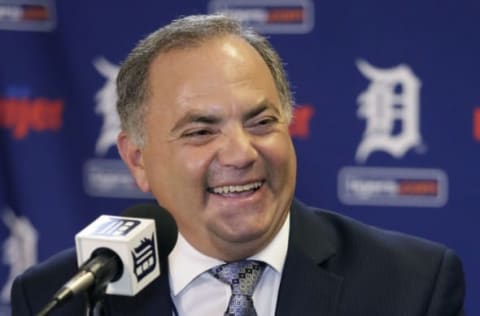
In conclusion
Detroit Tigers fans obviously aren’t going to see all these pitchers at once.
They’ll like come in waves—waves that may not start until the second half of next season.
Perez, Burrows, Long and the rest of the Double-A starters are obviously closer than the likes of Manning (Single-A West Michigan), Funkhouser (Advanced-A Lakeland) and Faedo, who has yet to throw as a professional.
Of the group, Perez and Long seem the most likely to reach the Majors soonest—although that could easily change if another Erie starters starts 2018 off on the right foot.
Of course, not all prospects tend to live up to expectations—let alone make it to the Majors.
That’s not to say that these Tigers hurlers won’t make it to the bigs, but Detroit has the starting pitching depth prospect-wise to make up for a potential flame out or two.
That being said though, it’s exciting to think about a future rotation featuring the likes of Perez, Manning and Faedo.
Long term, Detroit shouldn’t be short of starting pitching options as Michael Fulmer, Matthew Boyd and Daniel Norris will still be in the Majors.
There’s also the possibility that one or more of the young starters filling in down the stretch—Buck Farmer, Chad Bell, Artie Lewicki or Myles Jaye—could lock down a rotation spot with some strong outings.
General manager Al Avila could very well add more potential future starters in the coming months as he moves into the offseason with Ian Kinsler and Jose Iglesias as prime trade chips.
Next: Tigers could conceivably spend more in FA as rebuilding team. Here's how
All in all, the Detroit Tigers aren’t on Cleveland’s level yet starting pitching wise, but they could be there soon. Detroit fans will just have to give it a few years.